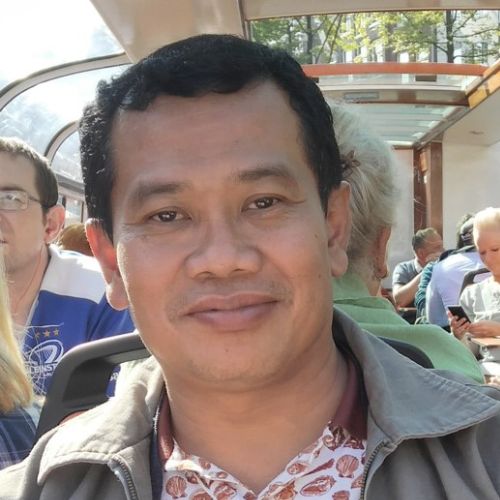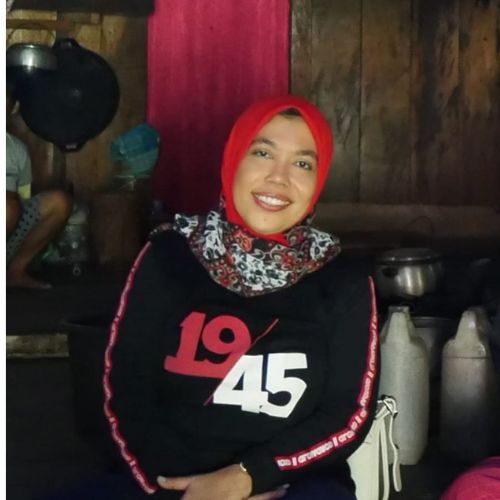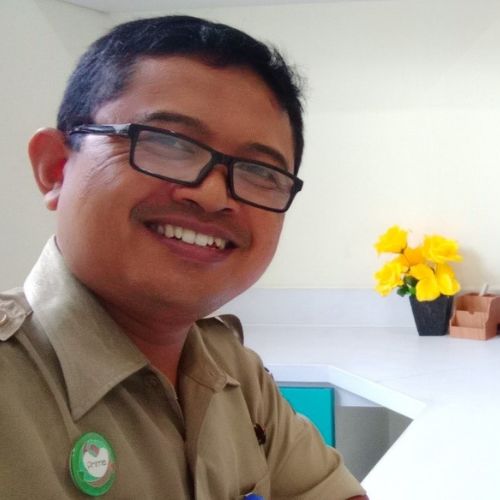Low-land Climate Adaptation: in the North Coast of Central Java Protection in the 21st
Speakers

Slamet Imam Wahyudi
Professor in Civil Engineering Department of Sultan Agung Islamic University, Semarang

Rick Heikoop
Senior Lecturer Water Management at Rotterdam University of Applied Sciences

Mila Karmilah
Lecturer at Unissula Semarang

Cayekti Widigdo
Head of the Bappeda of Pekalongan City
Moderator

Floris Boogaard
Hanze University of Applied Sciences, Groningen
Event Details
Some areas of Northern Central Java, Semarang, Pekalongan, Tegal, Demak, Brebes, are a low-land area which experiences land subsidence, high exposure to high tides and storm surges, and heavy rainfall. The combination of sea level rise and land subsidence increases the risk of tidal floods in the Coastal of Northern Central Java as in many parts of the world.
The creation of polder systems seems a quick and relatively cost-effective response to prevent flooding in high density urban lowlands such as Semarang, Pekalongan and Tegal City. However, it has limitations to transform into a resilient city. To improve the resilience of the Coastal of Northern Central Java, we propose an adaptive and protective flood risk management strategy. In this discussion we match long-term comprehensive urban planning with short term innovative transformations; ambitious climate adaptation plans. We will develop detailed insights for protecting and adapting in the low area with our multidisciplinary research, design and implementation.
Result-driven multidisciplinary collaboration is essential, that’s why we formed a triple helix team with international private and public institutions completed with inclusive local urban alliances. The creation of polder systems is a quick and relatively cost-effective response to prevent flooding in high density urban lowlands such as Semarang, Pekalongan dan Tegal. However, it has limitations such as (1) they can’t be temporal nor locally controlled, (2) create a high sensitivity for domestic waste and local drainage, (3) locks spatial development in on a path towards ever enlarging and deepening living areas and many more.
To improve the performance of existing polder systems in Semarang, Pekalongan and Tegal, we propose an adaptive flood risk management strategy to answer the challenge of protection and adaptation towards some northern City of Central java to be a resilient city.
Video Recording



